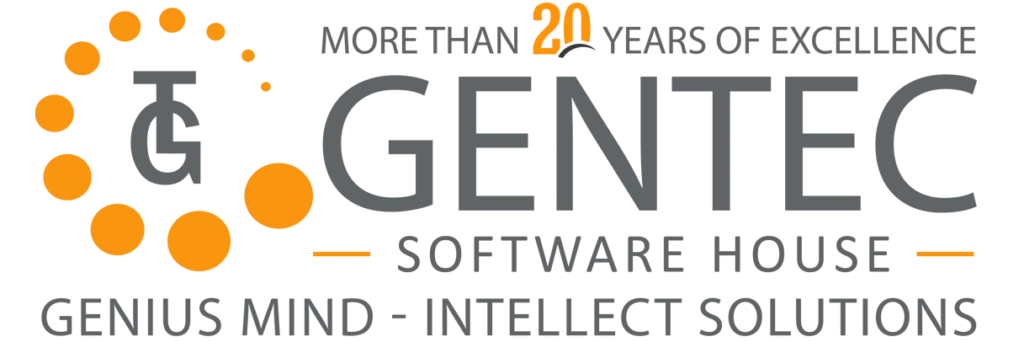What is an ERP System, and how can these solutions manage an organization’s day-to-day business activities, such as accounting, finance, procurement, project management, supply chain, and manufacturing ?
ERP Fundamentals
ERP systems are designed around a single, defined data structure (schema) that typically has a common database. This helps ensure that the information used across the enterprise is normalized and based on common definitions and user experiences. These core constructs are then interconnected with business processes driven by workflows across business departments (e.g. finance, human resources, engineering, marketing, operations), connecting systems and the people who use them. Simply put, ERP is the vehicle for integrating people, processes, and technologies across a modern enterprise.
For example: consider a company that builds cars by procuring parts and components from multiple suppliers. It could use an ERP system to track the requisition and purchase of these goods and ensure that each component across the entire procure-to-pay process uses uniform and clean data connected to enterprise workflows, business processes, reporting, and analytics. When ERP is properly deployed at this automotive manufacturing company, a component, for example, “front brake pads,” is uniformly identified by part name, size, material, source, lot number, supplier part number, serial number, cost, and specification, along with a plethora of other descriptive and data-driven items. Since data is the lifeblood of every modern company, ERP makes it easier to collect, organize, analyze, and distribute this information to every individual and system that needs it to best fulfill their role and responsibility.
ERP also ensures that these data fields and attributes roll up to the correct account in the company’s general ledger so that all costs are properly tracked and represented. If the front brake pads were called “front brakes” in one software system (or maybe a set of spreadsheets), “brake pads” in another, and “front pads” in a third, it would be tough for the automotive manufacturing company to figure out how much is spent annually on front brake pads, and whether it should switch suppliers or negotiate for better pricing.
A key ERP principle is the central collection of data for wide distribution. Instead of several standalone databases with an endless inventory of disconnected spreadsheets, ERP systems bring order to chaos so that all users—from the CEO to accounts payable clerks—can create, store, and use the same data derived through common processes. With a secure and centralized data repository, everyone in the organization can be confident that data is correct, up-to-date, and complete. Data integrity is assured for every task performed throughout the organization, from a quarterly financial statement to a single outstanding receivables report, without relying on error-prone spreadsheets.
The Business Value of ERP
It’s impossible to ignore the impact of ERP in today’s business world. As enterprise data and processes are corralled into ERP systems, businesses can align separate departments and improve workflows, resulting in significant bottom-line savings. Examples of specific business benefits include:
- Improved business insight from real-time information generated by reports
- Lower operational costs through streamlined business processes and best practices
- Enhanced collaboration from users sharing data in contracts, requisitions, and purchase orders
- Improved efficiency through a common user experience across many business functions and well-defined business processes
- Consistent infrastructure from the back office to the front office, with all business activities having the same look and feel
- Higher user-adoption rates from a common user experience and design
- Reduced risk through improved data integrity and financial controls
- Lower management and operational costs through uniform and integrated systems
Get Started with ERP
Is Your ERP Provider Investing in Emerging Technologies?
One of the benefits of the SaaS model is that the software is kept up-to-date with the latest features, functions, and best practices. Cloud ERP providers roll out updates regularly (as often as monthly, in Oracle’s case). This means that the latest new and revolutionary emerging technologies—such as AI, digital assistants, machine learning, blockchain, augmented reality, and the Internet of Things (IoT)—become available to subscribers on a regular cadence. With access to these new technologies, organizations can quickly improve their business best practices as the ERP software evolves. They can automate processes that used to require heavy manual intervention, such as reconciling financial accounts. In addition, users gain a comprehensive, real-time understanding of enterprise business activities not only in the front office, but also in warehouses, on factory floors, and everywhere else across the enterprise. This knowledge is then readily available to every appropriate employee on their mobile devices, including smartphones and tablets.
Built for the digital age, today’s ERP cloud embraces mobile, social, analytics, and the latest emerging technologies. Anything less won’t move an organization forward.




